Who Has the Time to Use All 24 Clock Emojis?
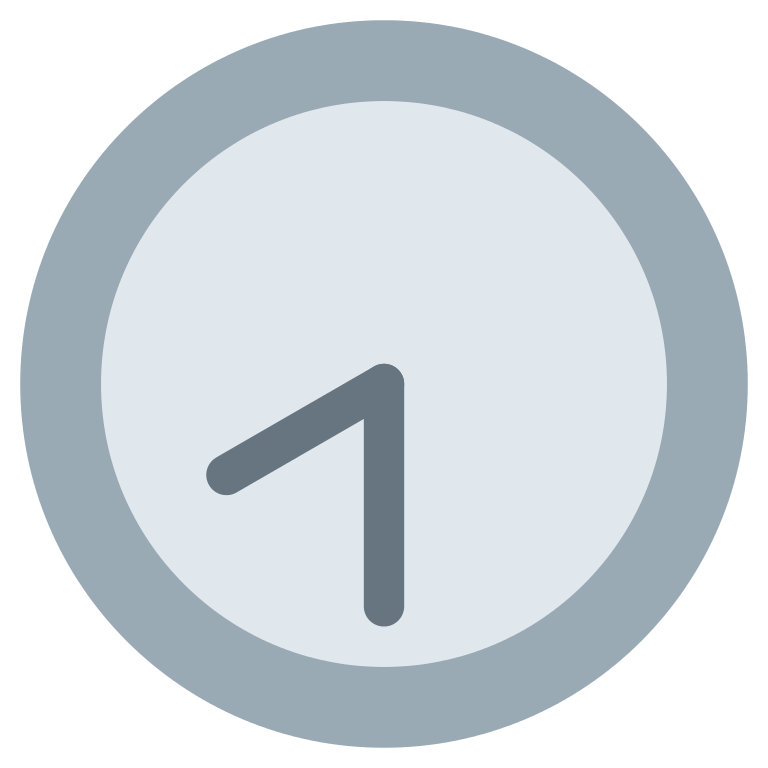
It’s 8:30. (I think?) (Image: Twitter/Wikimedia)
There is a mystery that has long bothered me. From time to time, in the course of normal texting, when I’m scrolling through the emoji on my phone, I scroll far enough to the right that I come across those 24 clock emojis. And I wonder: why? Why do they exist? Why are they taking up so much space on the emoji keyboard? Who in the world could possible need 24 clocks faces?
I decided to find out.
Here, if you are not familiar, are all 24 clock emojis: 🕐🕑🕒🕓🕔🕕🕖🕗🕘🕙🕚🕛🕜🕝🕞🕟🕠🕡🕢🕣🕤🕥🕦🕧.
Theoretically, they could be used to indicate, in an emoji diptych, “afternoon tea,” “time flies,” or a “midnight snack.” But who actually uses them this way? They are consistently among the least used emoji, and the sheer number of them can provoke rage. (“24 FUCKING CLOCK EMOJIS,” Buzzfeed fumes.) When I surveyed my own friends and acquaintances about clock emoji use, I only got two reactions. Either people had never heard of them, or they found them totally useless.
“I don’t understand any circumstance where using one would be preferable to just writing out the time you mean,” huffed one friend. “Wait there are emoji clocks?” asked another, seriously. “These clocks are a waste of my time; pun intended,” my former kindergarten teacher wrote.
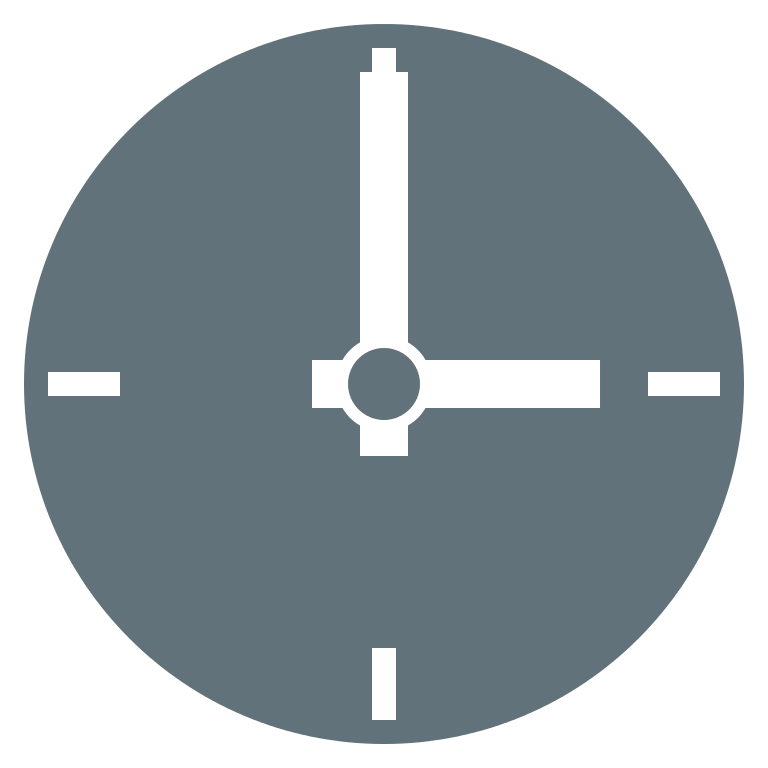
Three o’clock, clearly (Image: emojione/Wikimedia)
Why are there clock emoji at all, then? According the Unicode Consortium, the non-profit responsible for the standardization of text in all software–the deciding body for which emoji are added to the universal emoji dictionary–one of the most important factors for emoji inclusion is “a high expected frequency of use.”
Even if it could be argued that there was a use for one generic clock emoji, how often does the average person really need to indicate 4:00 versus 4:30, or 5:00 versus 5:30? Especially by using an image tiny enough that actually reading the time on it would require a squint? Why use an emoji clock when it’s almost definitely faster to just write the time out, an approach that also allows the indication of a time that’s not on the hour or half hour?
There had to be a reason.
I got in touch with the Unicode Consortium, which did shed some light on this mystery. When Unicode was first standardizing emoji, starting back in 2009, they based their initial emoji set on the emoji used by Japanese phone companies, the creators of emoji. Twelve of the clocks–the ones that show the hour–were part of one of those original sets, from SoftBank. Those emoji apparently weren’t subject to the same scrutiny as new emoji are today.
So we can blame SoftBank for 12 of the clocks. But what about the other 12?
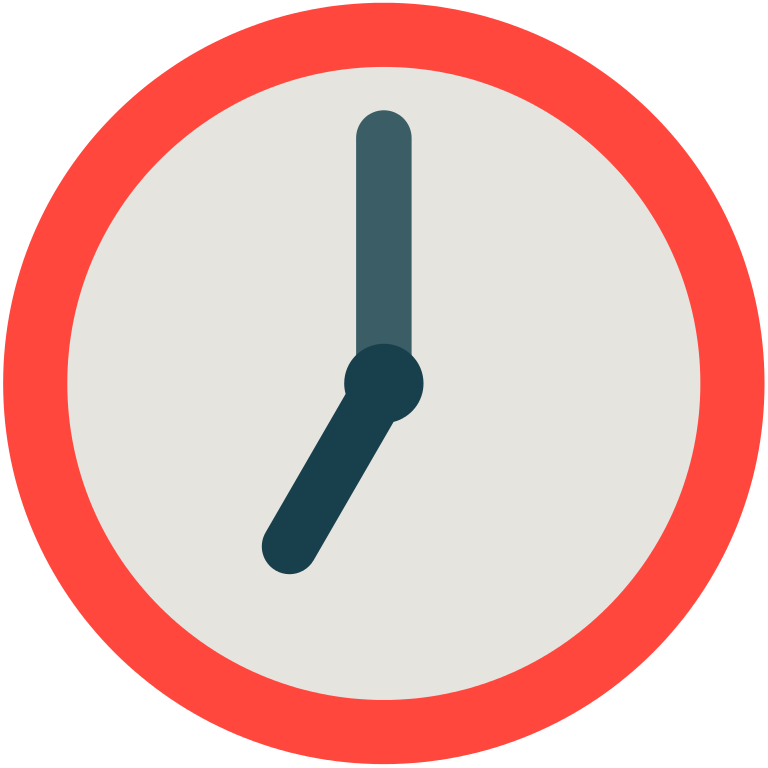
Now it’s 7:00 (Photo: Mozilla/Wikimedia)
It turns out that those other 12 clocks, the ones that show the half-hour, come from Wingdings.
Possibly you remember Wingdings and its crazy cousin font, Zapf Dingbats. They haunt the tail end of the font list. Way back when, they were always the last two fonts on the drop-down list, and they were full of incomprehensible little symbols that seemed to have no purpose at all. Dingbats are actually a relic of the print publishing industry, and were used as spacers in publishing, sometimes quite elaborately.
Some of those original Japanese emoji also appeared in these font sets, and when the Unicode Consortium was working on the original emoji set, it considered Wingdings for inclusion. As the original set of emoji was already going to include 12 clocks, the consortium figured: why not add the other 12 clocks from the Wingdings set, too?
Once you understand this–that half of the emoji clocks are actually Wingdings characters–the entire spectrum of useless and unispired emoji, the ones that you have to scroll far, far to the right for on an iPhone, start to make a little bit more sense. A bunch of those purple symbols came only from Wingdings. Those mailboxes came from Wingdings. Folders and paper clips and that random candle–directly from Wingdings. The pause button. The record button. The wired mouse. It goes on.
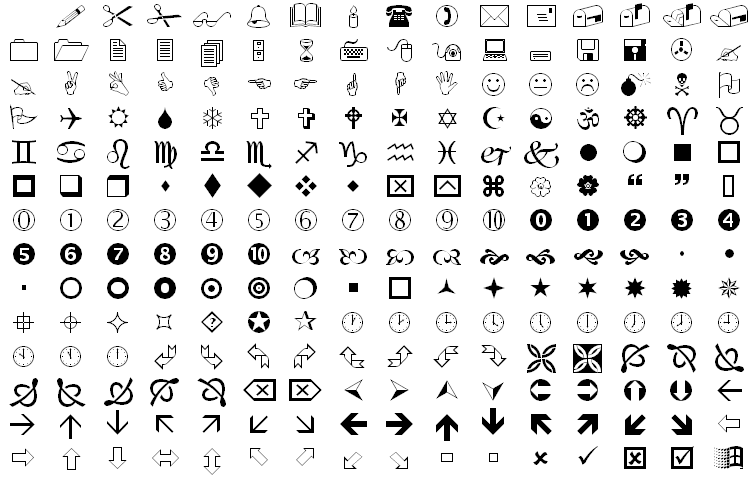
Wingdings infiltrated the 21st century via emoji (Image: Public domain)
To be fair, Japanese phone companies had already adopted many Wingdings symbols before Unicode got involved. The scissors. The weird black boxes in many sizes. Those old-fashioned incoming and outgoing mail trays. And some of the Wingdings characters are great. The alien head. The bird head. The martini glass.
But the fact remains, anytime you want to send an emoji, you are basically sorting through Wingdings characters. Unicode hasn’t been shy about this–its 2014 release of new emoji was primarily drawn from Wingdings.
It does feel like sort of a scam, though. All these years we’ve been carrying Wingdings around on our phones, and we still have to wait until June for an avocado emoji.

This story appeared as part of Atlas Obscura’s Time Week, a week devoted to the perplexing particulars of keeping time throughout history. See more Time Week stories here.

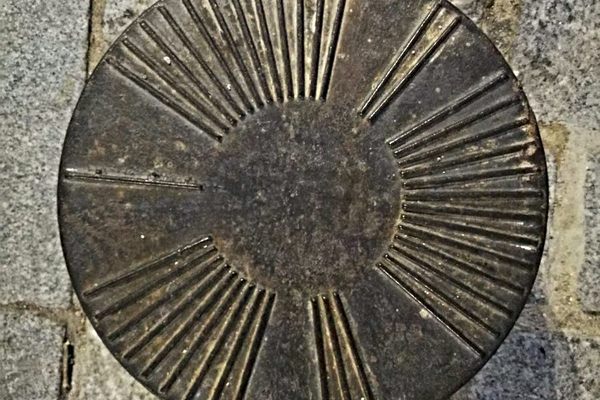



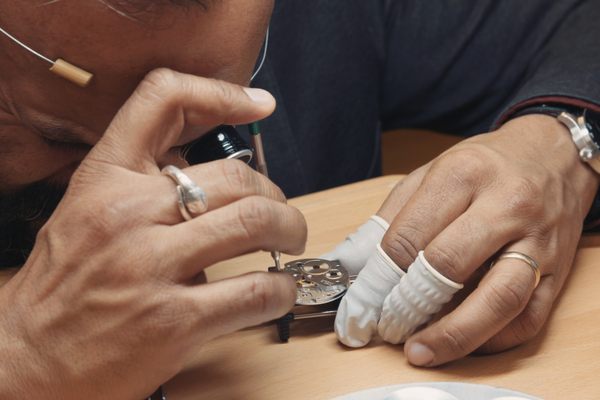



Follow us on Twitter to get the latest on the world's hidden wonders.
Like us on Facebook to get the latest on the world's hidden wonders.
Follow us on Twitter Like us on Facebook